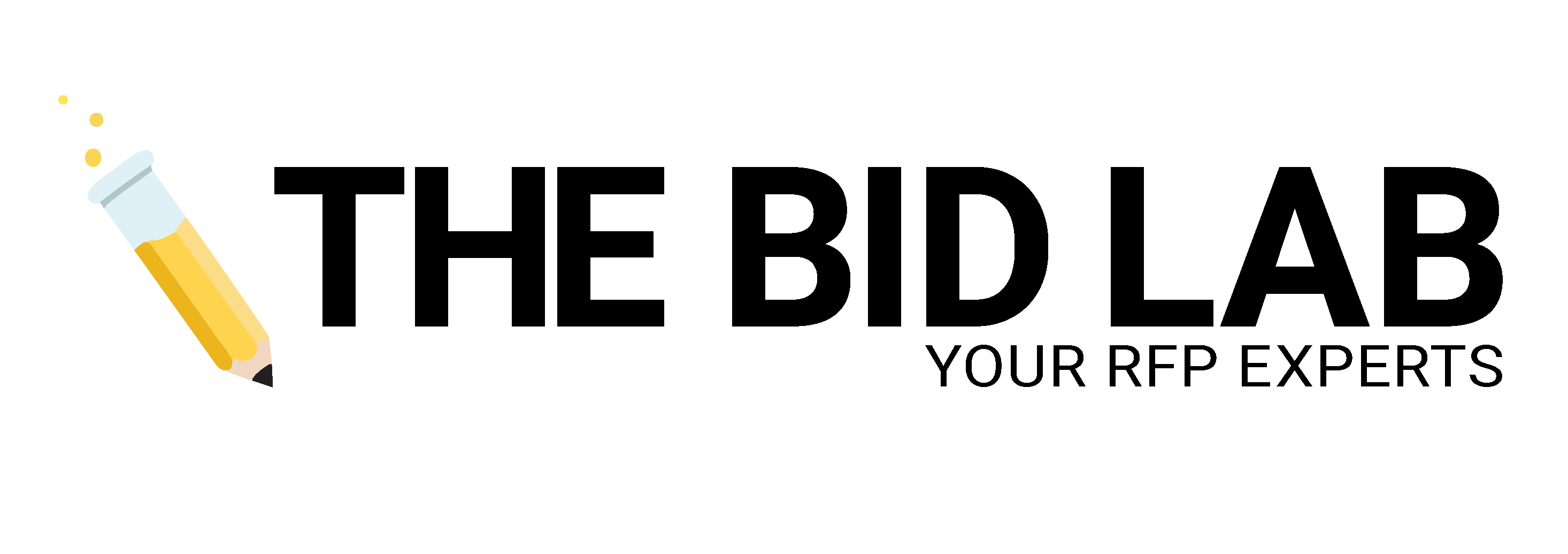RFP Responses: 5 Steps to Adapt Your Bid Response During Covid


The COVID-19 pandemic and its far-reaching effects have brought uncertainty for all. This is especially true for those working in the marketing and business worlds. Circumstances are changing daily while we strive to achieve a new normal. While the pandemic has brought about a myriad of challenges, our world has gone digital at an impressive rate. Now, more employees are working from home than ever before. However, shutdowns and physical distance have made it difficult to connect with clients on the personal level that was previously expected. As such, companies looking to market their services with an RFP response must adapt to new and unique expectations. And all while still delivering proven results to their clients.
So, what can businesses do in this time of change to ensure they engage with and secure clients despite the current barriers? There are a lot of variables companies can’t control during this time of Covid. But factors within your control can help give your company a critical advantage. Learn how to write an RFP during the coronavirus, and The Bid Lab’s clients adapted. Then, take advantage of a few helpful tips about responding to an RFP and stand out from the competition in this dynamic business landscape.
Make Meaningful Connections
Developing relationships with clients is key to a successful RFP response, but it’s now more important than ever.
As the virus has taken hold, many companies are less active amidst shutdowns and reductions in business hours. Reaching out to potential clients digitally will help you gain credibility and trust. And it will allow you to gather helpful information when responding to an RFP.
Consider Covid’s impacts on your client and how their needs might change. Discuss these changing needs with your client target. So, when you respond to an RFP, you’ve already gained visibility and established your company as responsive to your target’s emerging objectives. As a result, the company will have a clear understanding of what services they’ll get by working with you. Making meaningful connections significantly increases your chances of a successful bid.
Audit Your RFP Response
In a constantly changing world, it’s essential to overhaul your RFP response library periodically. Ensure your answers are timely, up-to-date and correspond to your client’s evolving environment.
One effective way to do this is to appeal to your audience’s “pain points,” or the problems you’ll address by providing your product or service. Once you’ve identified these pain points, draft clear and thoughtful responses that explain exactly how you’ll solve those problems. Tell the client exactly what you can do for them. Pay particular attention to how your company can promote employee safety while delivering an impressive ROI. If applicable, include success stories from your current customers to supplement your response. Try to include references that can directly speak to your credibility with a potential client.

Keep it Simple
In such a complicated time, simplicity is welcomed and encouraged. Emphasize in your RFP response how your company can help alleviate the burdens and complexities of Covid, whatever they may be. Label this section clearly. Also, be explicit about the solutions you can provide to alleviate new challenges brought on by Covid specifically.
For other RFP response items, avoid writing more than is necessary or over-designing your template. A simple, visually pleasing proposal is the best way to gain recognition while telling your potential clients what they truly want to know. Companies are moving quickly to adapt to the new business environment, and you want to make your proposal as clear and easy to review as possible.
Embrace Tech Tools for Your RFP Response
Less time spent in person doesn’t have to mean less time spent in contact when you respond to an RFP. In fact, with the right technology, it can be quite the opposite.
Making use of digital tools can save you and your clients valuable time. Platforms such as Zoom and Uberconference allow you to quickly and easily connect with clients via video conference.
Slack, a messaging app, can help you stay in contact with team members while working on projects. In addition, programs like Google Docs allow real-time collaboration between team members. Digital tools like these can also make it more feasible to work with clients not located directly in your geographical area. With the onset of Covid, distance has become less of a barrier within client relationships.
Despite the ease and convenience of digital tools, it’s still important to ensure your level of communication and quality of work are not affected. For example, use tracked changes in Microsoft Word or Google Docs to stay up-to-date on client edits and requests. Be flexible and open to your clients’ changing needs, and understand that you may need to make updates.
Go Digital for Delivery
Delivery of an RFP response in an electronic format is already widely adopted because of its convenience and potential for near real-time information sharing. Most companies today allow some form of digital submission. However, Covid has become an additional driving force in the popularity of digital delivery and how companies respond to RFPs. Digitization is undoubtedly a plus for companies when developing an RFP response. With employees working from home and limited in-person contact, digital delivery is often the safest and most cost-effective option.
However, with the convenience of digital delivery, it can be easier to make mistakes you wouldn’t have normally made. Ensure that your response is submitted correctly and in the proper format according to client instructions. Additionally, avoid sending your response at the last minute, as technology can often pose major challenges in submitting your bid on time. Lastly, always confirm you have the correct contact information when you submit your bid. A digital error can be difficult or even impossible to correct once it’s made.
Despite the drive behind digital delivery, some clients may still require a physical copy of an RFP response. Confirm that you have the correct resources should a client request physical delivery. In this case, at least one team member should have a printer (with abundant paper and ink) and a reliable method of shipping documents to the client. The ability to have a “home office” set-up is a great way to ensure you have all the resources you need to submit your best bid.
Learn More About RFP Strategies
At The Bid Lab, we’re helping companies of all sizes and on both sides of the RFP process fine-tune their proposal strategies. We even created Bid Banana, the user-friendly RFP search engine, to help clients find new opportunities and proposals. So, contact our team at The Bid Lab to create standout RFPs. Reach out today and ask about a free consultation by calling 1-844-4BIDLAB or by emailing respond@thebidlab.com.
